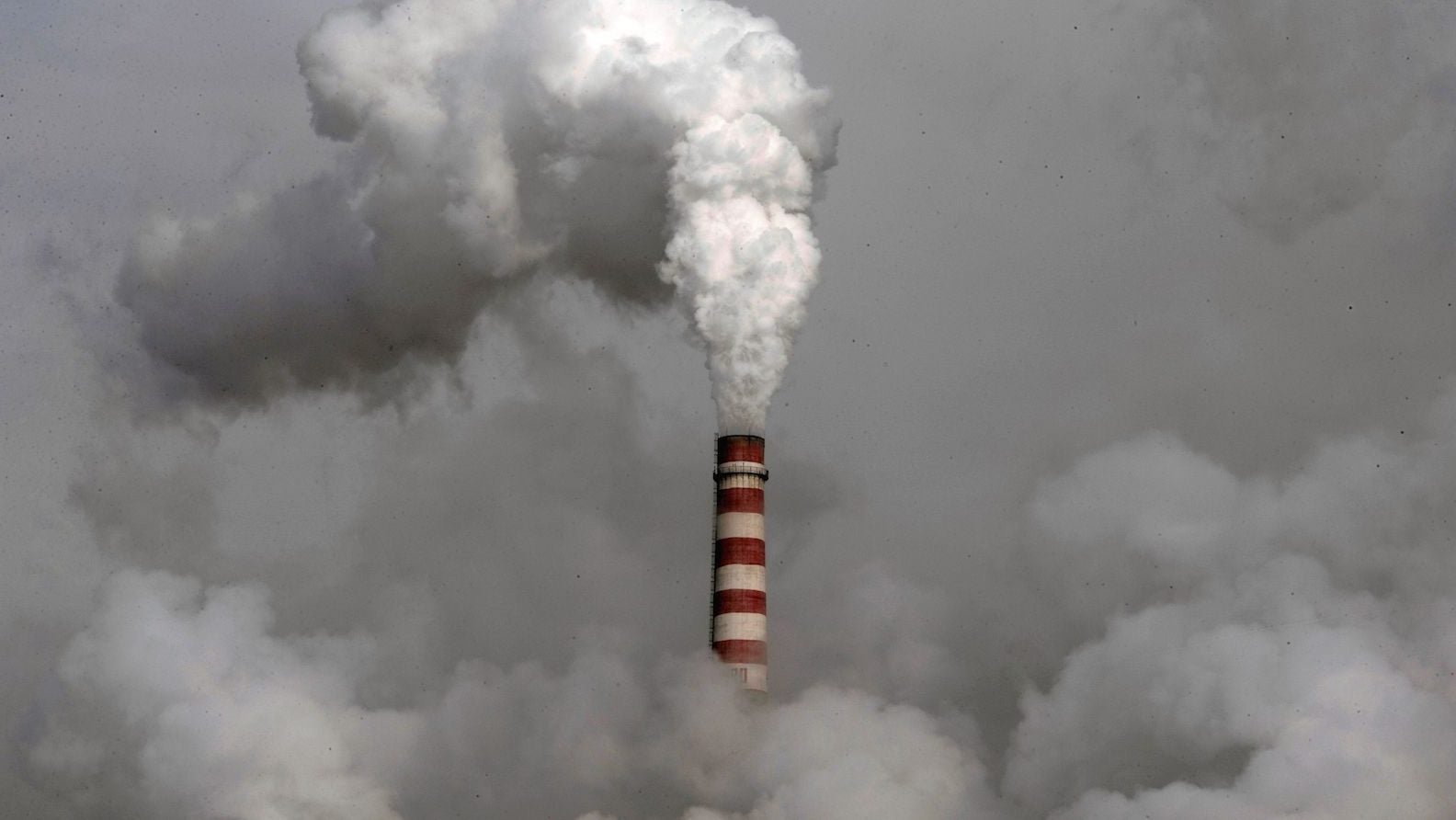Younger Americans are willing to pay twice as much as their parents for clean energy
How much more would you be willing to pay each month to purchase 100% clean electricity?


How much more would you be willing to pay each month to purchase 100% clean electricity?
Researchers at Yale University and George Mason University asked 2,000 registered US voters, and their results show generational and political divides. While 47% of respondents said they would be willing to pay more, according to the survey, support was concentrated among those under the age of 44, urban dwellers, college degree-holders, and moderate and liberal Democrats. Those unwilling to pay more were generally older, more conservative, and less educated voters, who tended not to see fossil fuel pollution as harmful, or renewables as a boost for the economy.
Surveys were conducted between November 2018 and April 2019 by the Yale Program on Climate Change Communication and the George Mason University Center for Climate Change Communication.
Age proved to be among the biggest divides. Millennials and GenX were willing to dig into their wallet for the extra $22 while Baby Boomers would only pony up an average of $11. Overall, the average respondent was willing to pay $16.25 more per month for clean energy. The average monthly electricity bill in the US is $117 (pdf).
It wasn’t just income. Among Americans willing to pay more, the wealthy were less likely to open their wallets. People in households earning $150,000 or more per year said they were willing to pay $3 less per month on average than those one income bracket down. That’s roughly the same amount as those earning less than $50,000 per year.
Opinions were divided along racial and ethnic lines as well. Minorities, particularly blacks, were willing to pay as much as $23 per month for clean energy, while whites were willing to pay $14.
In the future, the importance of who will pay more for renewable is likely to fade. The price of clean energy is falling relative to fossil fuels. As cheaper renewables displace coal and natural gas, the researchers note the question will soon not be how much more are you willing to pay, but how much less.